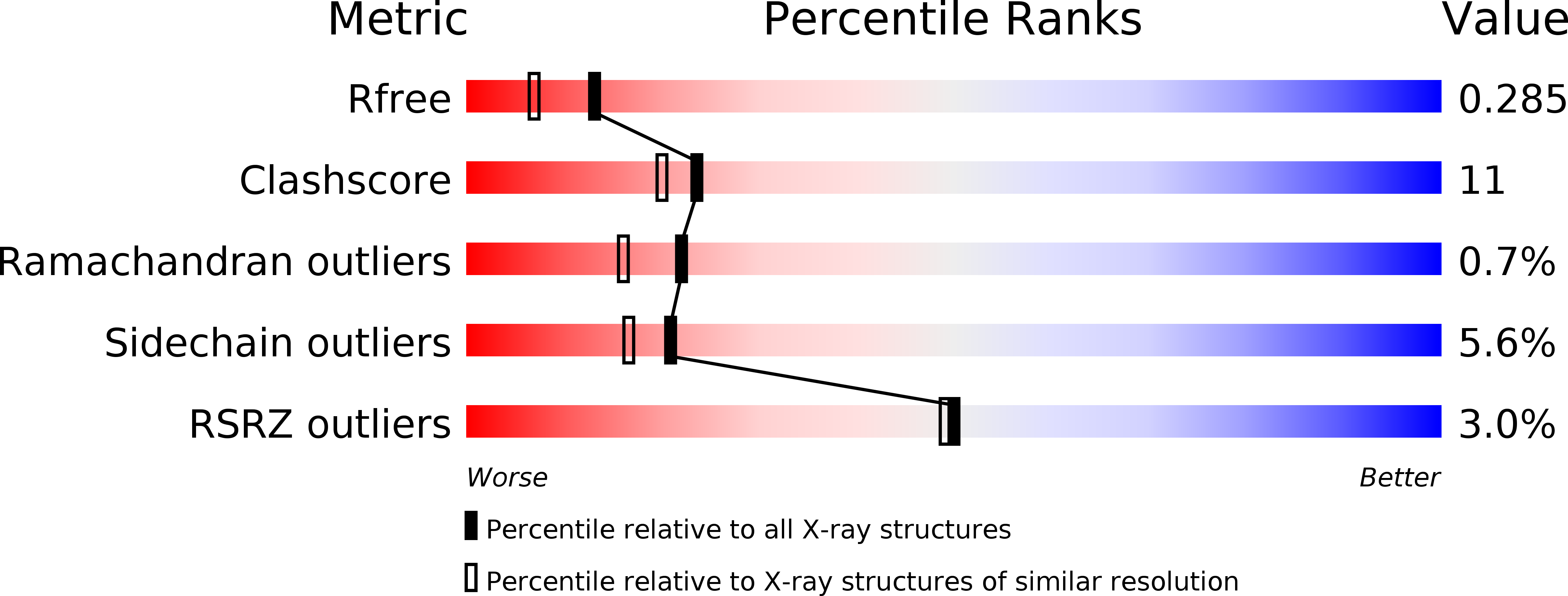
Deposition Date
2013-02-05
Release Date
2013-04-03
Last Version Date
2024-02-28
Entry Detail
PDB ID:
4J3D
Keywords:
Title:
Pseudomonas aeruginosa LpxC in complex with a hydroxamate inhibitor
Biological Source:
Source Organism:
Pseudomonas aeruginosa (Taxon ID: 208964)
Host Organism:
Method Details:
Experimental Method:
Resolution:
2.00 Å
R-Value Free:
0.28
R-Value Work:
0.20
R-Value Observed:
0.20
Space Group:
P 1 21 1


